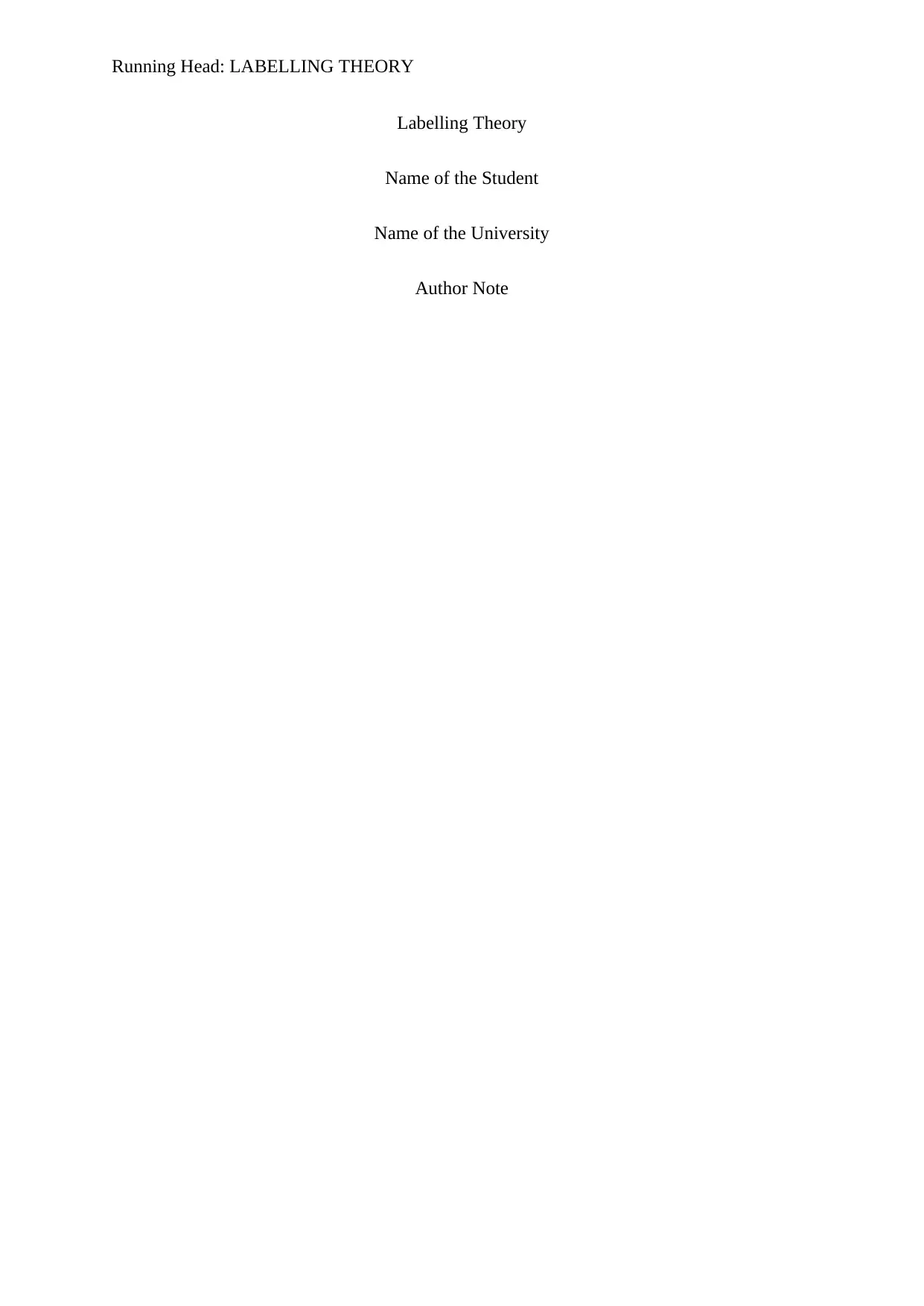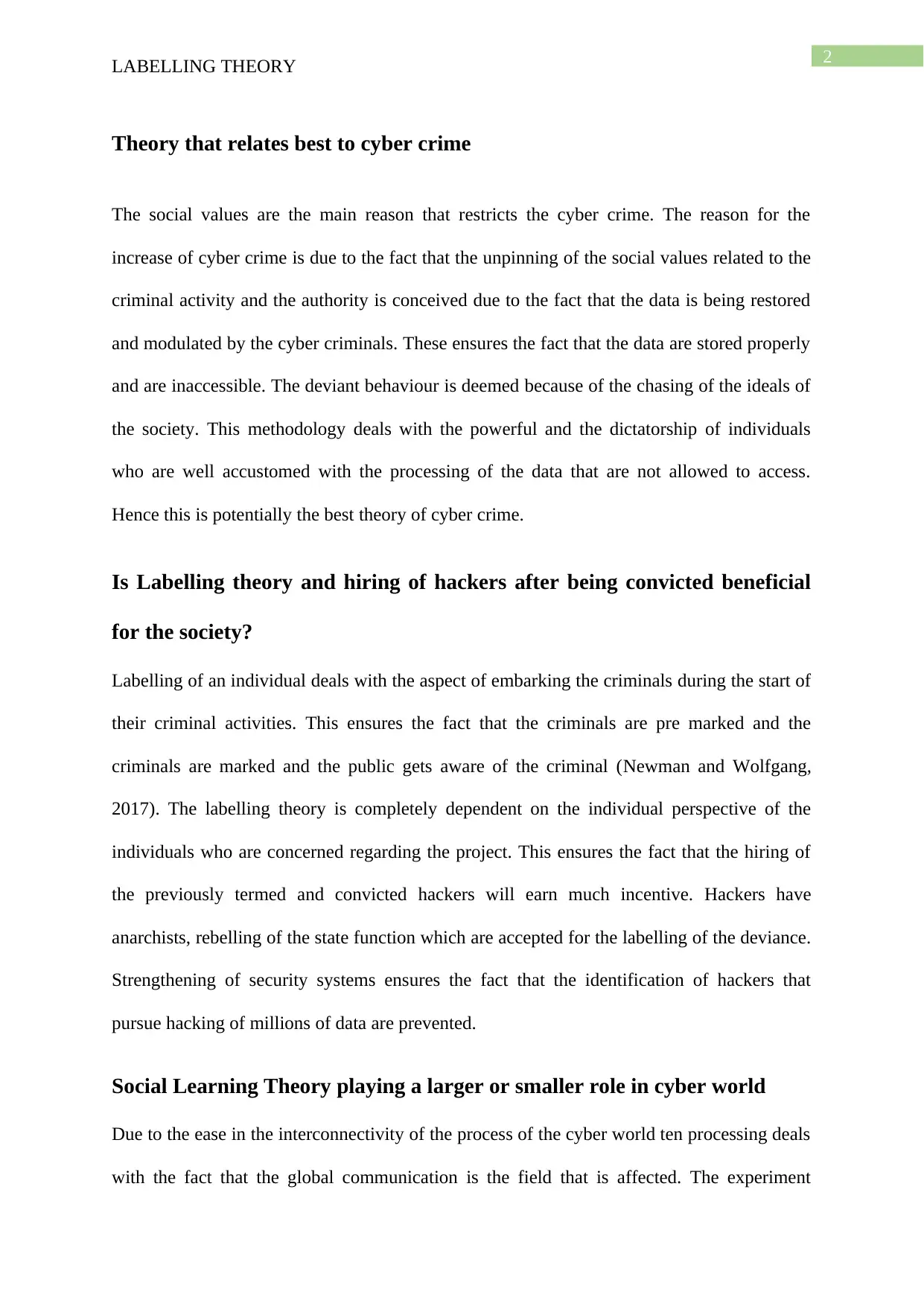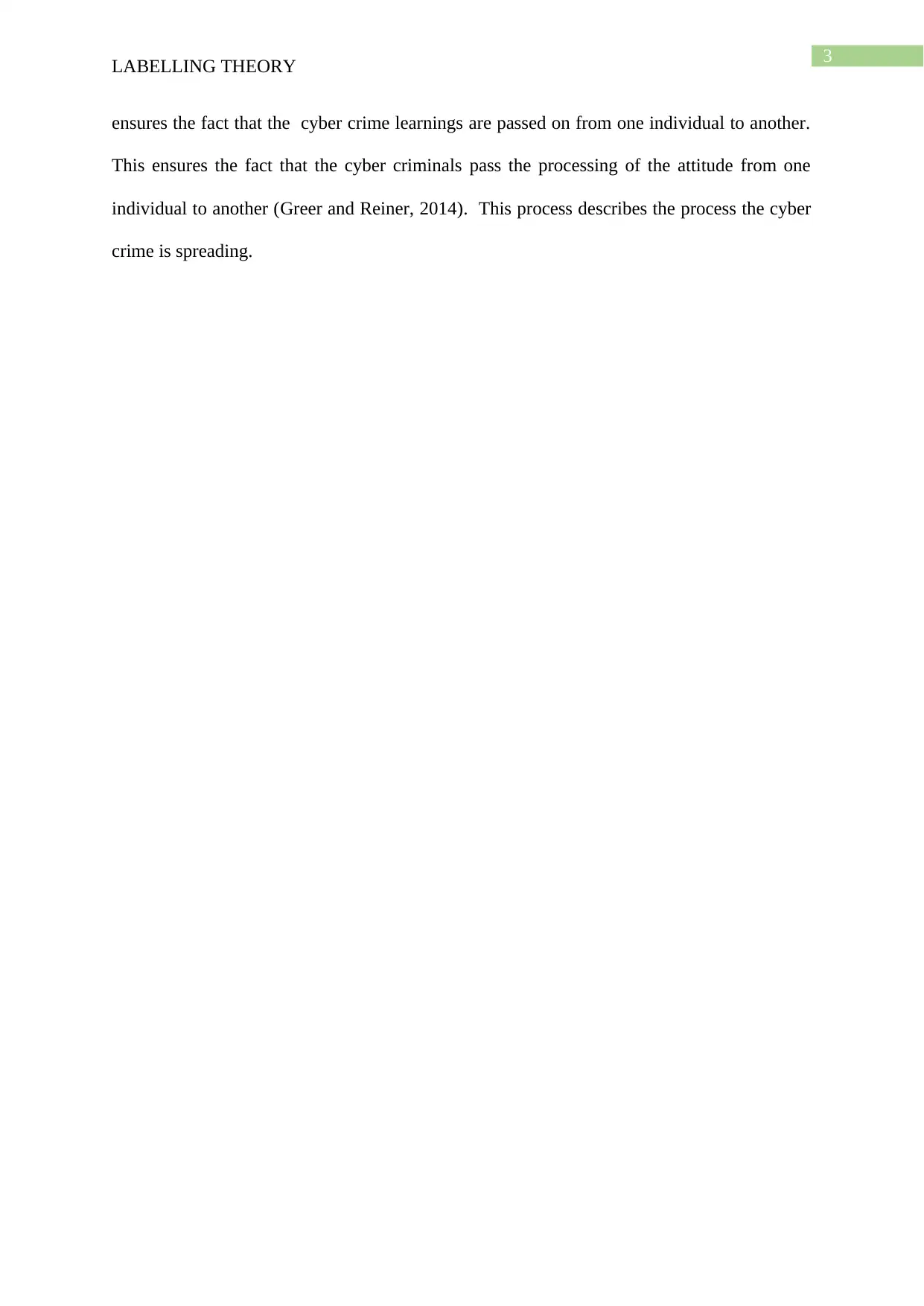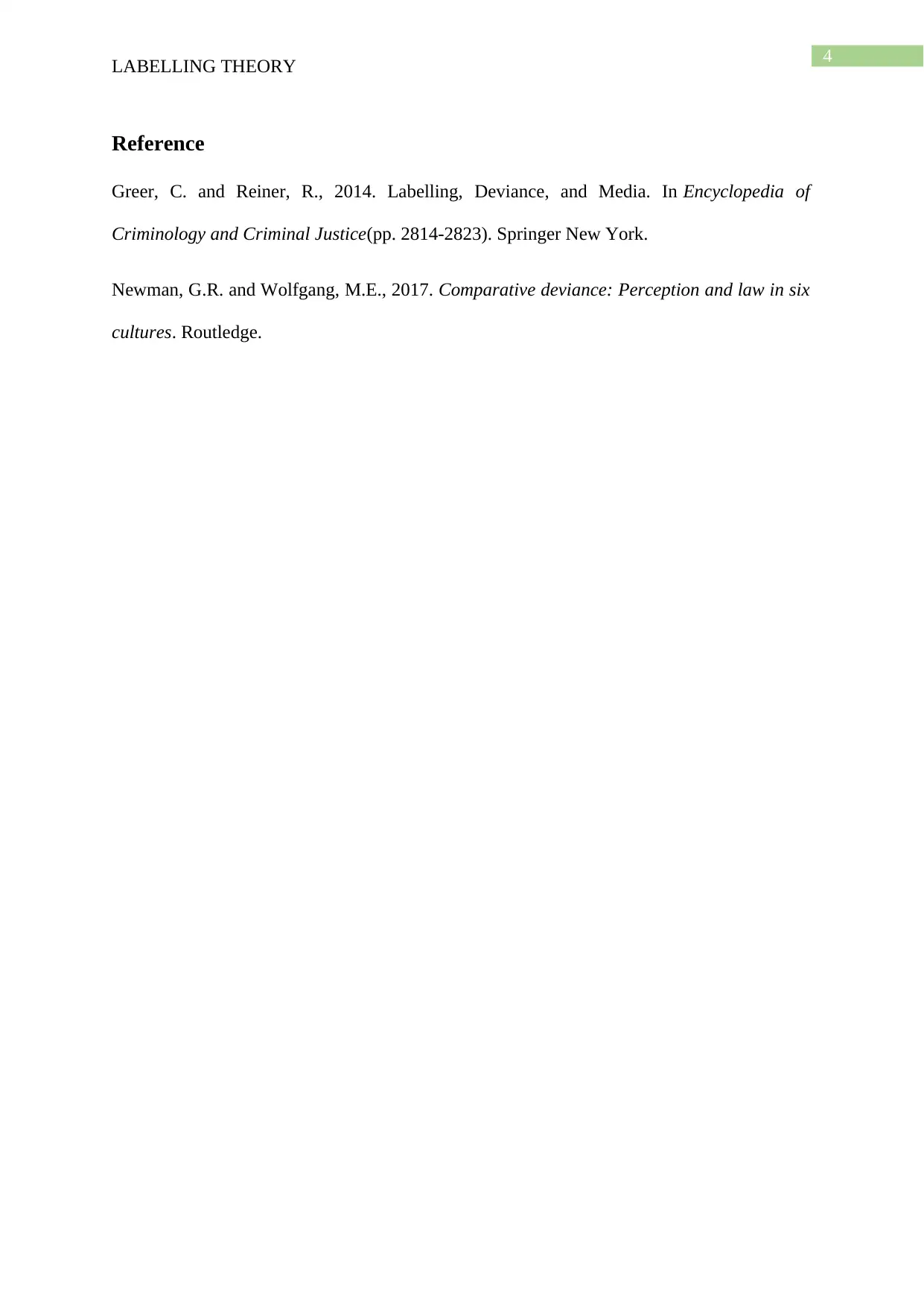The Application of Labelling Theory to Cybercrime Analysis
VerifiedAdded on 2023/06/11
|5
|515
|160
Essay
AI Summary
This essay delves into the relevance of labeling theory in understanding cybercrime, contrasting it with strain theory, rational choice theory, and deterrence theory. It argues that labeling theory best explains cybercrime due to the undermining of social values and the perception of authority in data manipulation. The essay further examines the benefits and drawbacks of hiring convicted hackers, considering the potential incentives and risks involved. Additionally, it explores the role of social learning theory in the cyber world, emphasizing how cybercrime techniques and attitudes are transmitted from one individual to another, contributing to the spread of cybercriminal behavior. The document is available on Desklib, a platform offering a range of study tools and resources for students.
1 out of 5






![[object Object]](/_next/static/media/star-bottom.7253800d.svg)